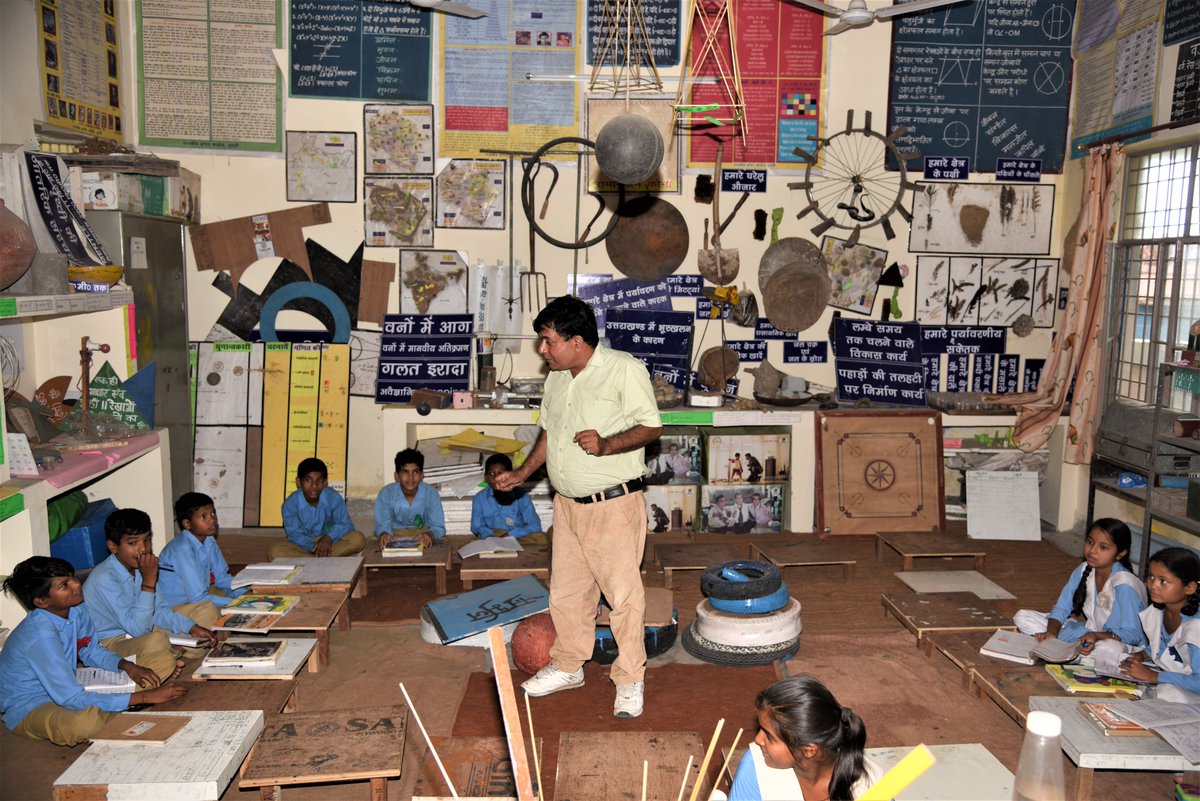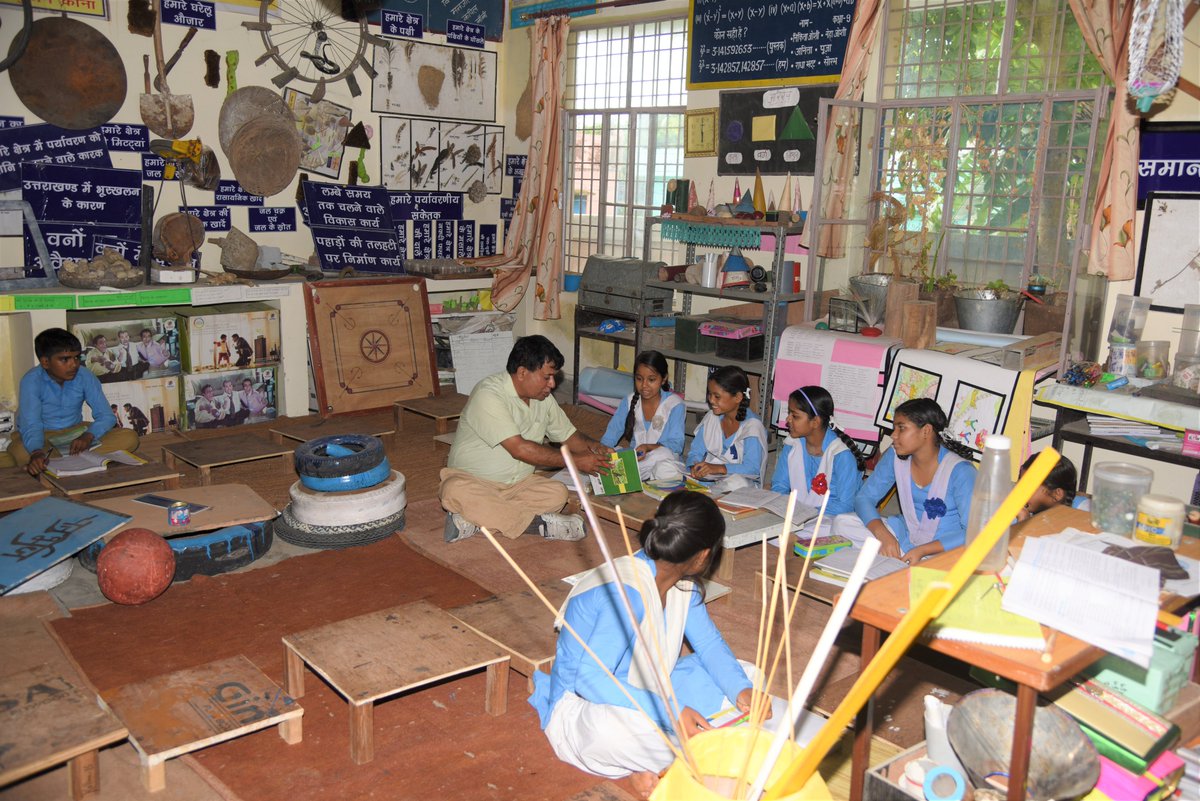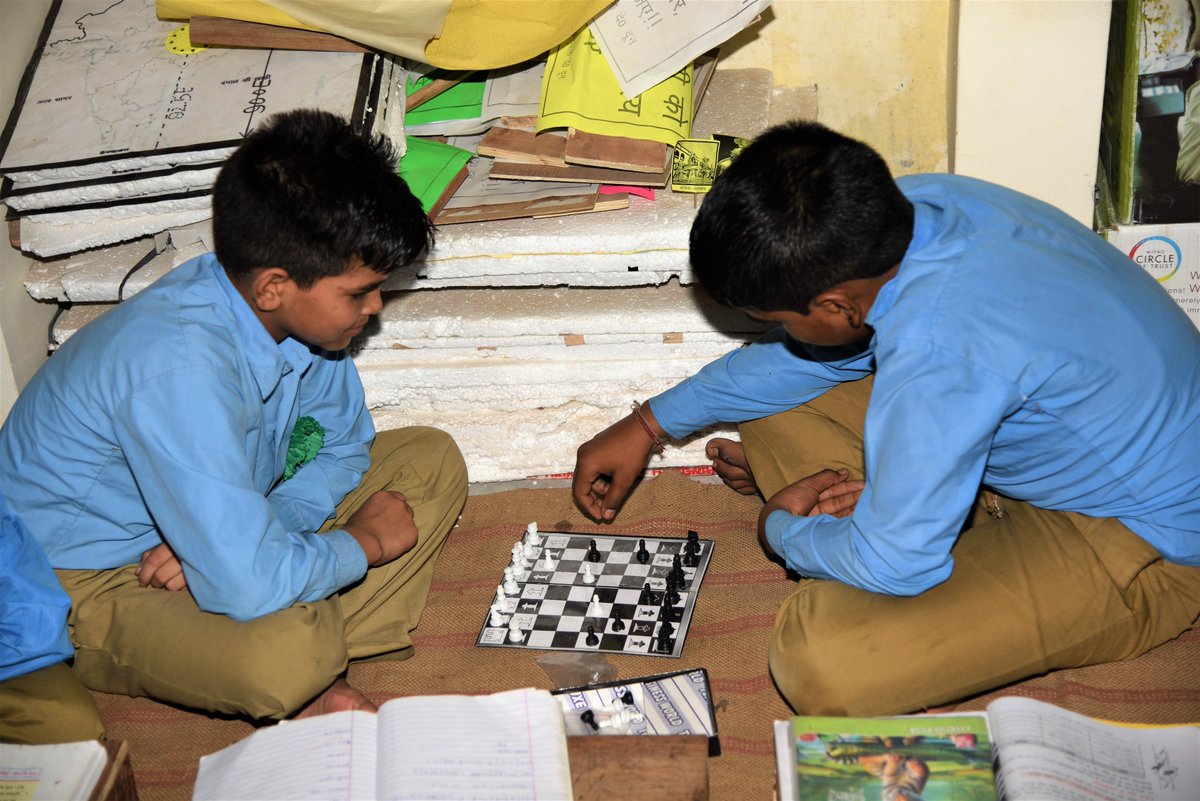
Houses being damaged in #Joshimath is a mix of geological & anthropogenic factors. In an article for @the_hindu, I try to simplify the science behind the factors leading to the damage. Article link: thehindu.com/sci-tech/scien…
A🧵on what we don't know about the Joshimath issue, yet:
A🧵on what we don't know about the Joshimath issue, yet:

1. ISRO published data that showed 5.4 cm “subsidence” b/w 27 Dec 2022 & 8 Jan 2023.
2. A recent report uses terms like "gravitational instability" and "displacement", for Joshimath: discuss.terradue.com/t/results-of-a…
3. @davepetley calls it a “landslide crisis”: blogs.agu.org/landslideblog/


2. A recent report uses terms like "gravitational instability" and "displacement", for Joshimath: discuss.terradue.com/t/results-of-a…
3. @davepetley calls it a “landslide crisis”: blogs.agu.org/landslideblog/



Satellite data can help explain the situation at Joshimath. It’s an important starting point. But, field research is necessary too. Several field researchers are currently in Joshimath & a lot of different info is flowing at this point. It’s too early to seek definitive answers.
Climate change: Joshimath's geological location itself results in high-intensity, focussed rains (see screenshot from @the_hindu article). IPCC reports have warned of increased extreme weather events in the Himalaya, which will cause more harm in a place like Joshimath. 

NTPC dam is being blamed for land subsidence, esp after the 2009 aquifer puncture accident. NTPC says there’s no proof the project led to subsidence. Note that there’s also no proof that it didn’t cause subsidence since no study has been done to establish/deny the project's role.
Inadequate wastewater disposal: Only ~15% buildings in Joshimath have sewerage connections; 85% use soak pits (including Army buildings).
The town lacks a proper drainage system too.
This results in water entering the ground & pushing down fine material, leading to land sinking.
The town lacks a proper drainage system too.
This results in water entering the ground & pushing down fine material, leading to land sinking.
The problem with improper drainage and wastewater disposal was first noted in the 1976 Mishra Committee report (see the report's screenshot).
What remains unanswered is that despite being aware of the issue since 1976, why did the govt & local administration leave it unaddressed?
What remains unanswered is that despite being aware of the issue since 1976, why did the govt & local administration leave it unaddressed?

The Uttarakhand State Disaster Management Authority (USDMA) has blamed residents for overly burdening Joshimath with rampant construction.
The question that remains unanswered: Why did the Nagar Palika allow such constructions?
(see screenshot from 1976 Mishra Committee report)
The question that remains unanswered: Why did the Nagar Palika allow such constructions?
(see screenshot from 1976 Mishra Committee report)

• • •
Missing some Tweet in this thread? You can try to
force a refresh




















